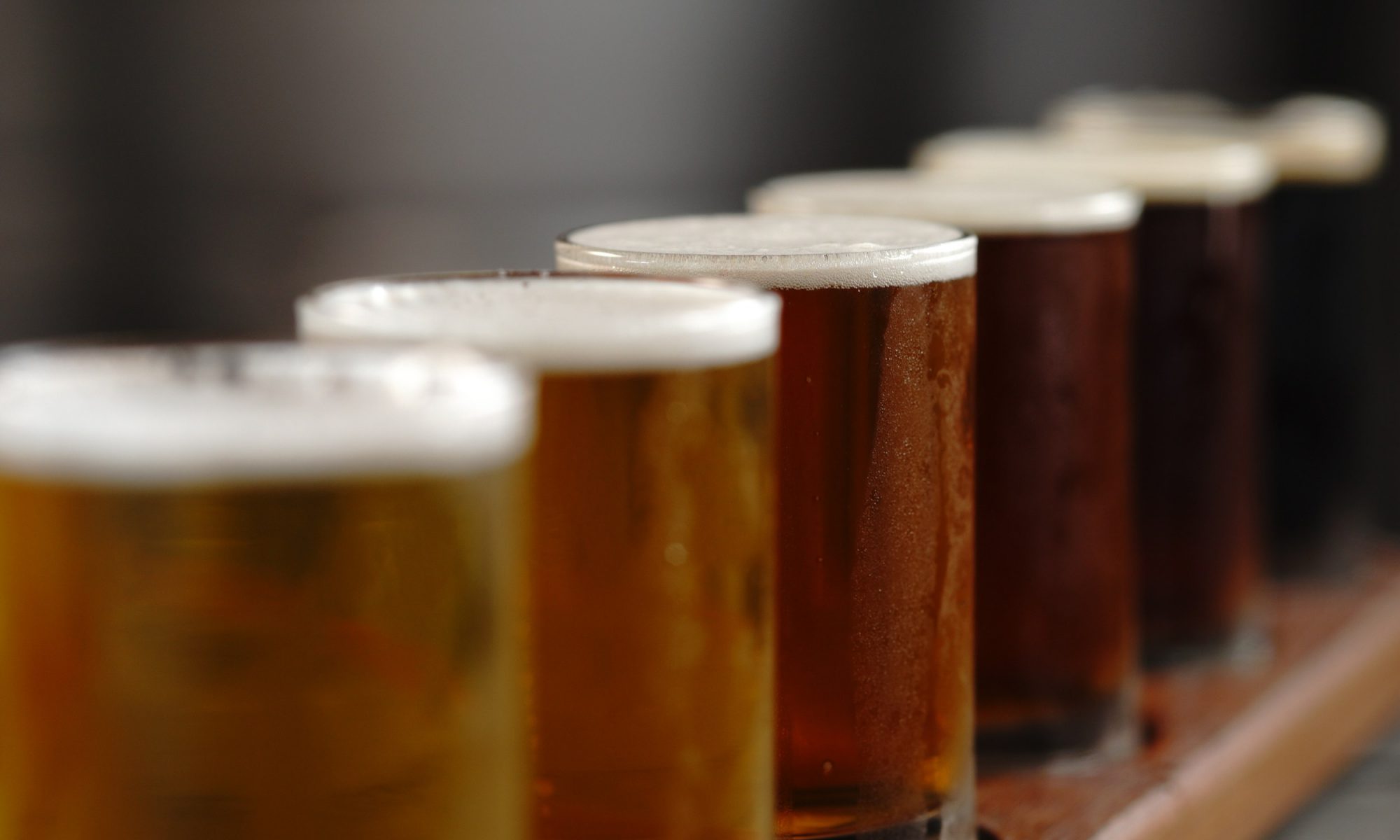In a previous post I explained about the ‘Will it brew?’ challenge set by Manchester Home Brew group. We got Grits, courtesy of Lucy. At first we had no idea what Grits actually were so had to do a bit of research. They are a form of cornmeal to which water is added and turned into a porridge-like mixture. Hominy Grits (like the ones we have) have been treated with acid and had their husks removed. Quick Hominy Grits (ours) have been pre-cooked. i.e. just add water.
Grits
From a brewing perspective Quick Hominy Grits should be pretty easy to brew, in theory. Corn, in many forms, is a fairly common adjunct in beer making. Cornmeal/Grits is added to pale beers to keep them pale and just add extra fermentable sugar without altering the taste. Cheap lagers makers are well known for using these sorts of adjuncts unfortunately.
Uncooked Grits would normally require soaking to gelatinise them before adding to the boil but pre-cooked Grits have already been modified that way so it should just be possible to add them to the mash.
However, due to the un-husked nature and their potential to gelatinise it’s advisable to add some oat husks too. The husks will, hopefully, stop the mash becoming ‘stuck’ as they act as a filter. No idea how much to add though.
The plan then is to add the Grits and husks to the rest of the mash as per normal and see how it all goes. We’re only using half the Grits, just in case something goes badly wrong and we have to try again. The Grits we have appear to be an American import so we’re unsure how to get more. Alternatives appear to be Polenta or Cornmeal but we just don’t know how close they are in process or taste to the original.
Style
Once we were happy with the process we had to decide on a style. Research (google) indicated that corn was mostly used in Lagers for the reasons stated above – light colour, lots of sugar, little taste. So the most logical style to pick for our beer would be lager. Except that wasn’t going to work for at three reasons.
- The weather. At the moment the ambient temperatures are not really dropping below 16C even at night. During the day they’re in the twenties. Normally our cellar does a good impression of a cold store – constant 14C but that’s up at 20C now. And the tap water temperature is in the high teens too. Neither do we have temperature controlled fermentation or conditioning. So there’s no way we’d be able to make a lager at the appropriate temperatures.
- We’ve never made a lager and know that they’re very difficult to get right.
- Lagers normally take at least twice as long to produce as ales and there wasn’t sufficient time to make it.
So back to the drawing board. Eventually we found that corn is also a common ingredient in Saisons. Now this is a good choice of style for us because
- Saisons commonly ferment at higher than normal temperatures (24-25C) which is ideal considering the weather.
- Pale versions can be very pale (7EBC).
- They’re highly carbonated which gives us a chance to play with the Corny keg we bought recently.
- there’s an opportunity to play with a new yeast and a liquid one at that. We have an unused stir plate, Erlenmeyer flasks and a desire to experiment.
Plan
White Labs Saison II 566 yeast, prepared in advance. Malt bill from this Carlotta Saison recipe. Hops will be a mixture of Saaz and East Kent Golding. Water profile with favour maltiness. Kegged for a couple of weeks to mature. Carbonated in the Corny Keg to a pretty high level, as per the style.
Provisional name: Corny Keg
